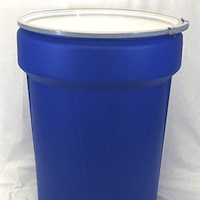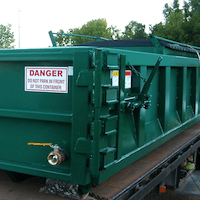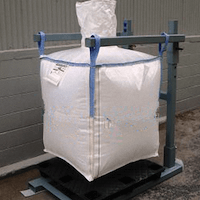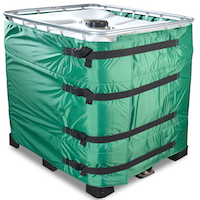What to Consider When Choosing a Dangerous Goods or Hazmat Drum
When it comes to steel drums, it is important to know that the container you choose was designed and approved for your intended use. This is especially important when it comes to hazardous materials or waste. Just as there are a wide range of hazardous materials: explosives, gases, flammables, peroxides, infectious, radioactive, corrosive, etc; there are a wide range of hazmat drums. First, a shipper must determine whether or not the contents to be shipped is hazardous or non-hazardous. To make this initial determination, a shipper can consult with the US DOT, or a dangerous goods consultant. If it is determined that the contents is a regulated hazardous material, then the next step is to consider packaging options that will be complaint with Title 49 of the Code of Federal Regulations. The regulations specific to steel drums are in chapter 178.601.
Consider asking a dangerous goods consultant to determine the level of risk associated with your materials. Are they flammable? Do they produce toxic fumes? Is it an oxidizer? How does it react to water? Does it pose a threat to the environment? All of these characteristics could impact what linings, closures, fittings and materials you should consider when choosing a container. They also impact how your containers should be stored. For example, in case of a spill or leak, oxidizers should be kept separate from any flammable or combustible chemicals. In case of a fire, you’ll want to know how your materials react to water or other fire suppressors. Once you’ve found the appropriate container, keep your materials in their designated containers at all times, and always have a plan for possible leak or emergency situations. We suggest having Salvage Drums on hand to quickly encase any unexpected release of contents.
Every steel drum was engineered for specific uses and are tested in accordance with the United Nations Recommendations. We are happy to help guide you to the appropriate packaging for your hazardous materials classification, and can even suggest resources to help you better understand, and comply with the hazards of your materials and/or how to properly dispose of any hazmat.
If you are not sure whether or not you are shipping, mailing, or in any way transporting a hazardous material, we have made special arrangements with Mr. Gene Sanders, of W.E. Train Consulting in Tampa, FL to address these questions. At no initial charge, Gene will assist Clean It Up current and potential customers, for up to 10 minutes, to determine if the product they are shipping is a regulated product and thereby subject to the shipping requirements of the CFR. If it is a regulated product, if further consulting is required Gene will then charge to assist in package selection and determinations of documentation requirements. The small upfront cost for properly shipping hazardous materials can save huge penalties for violation of these regulations.


 P.O. Box 8149
P.O. Box 8149




